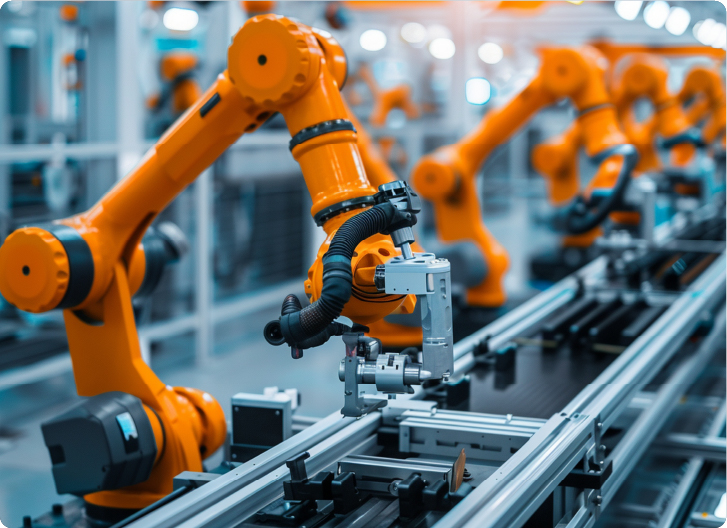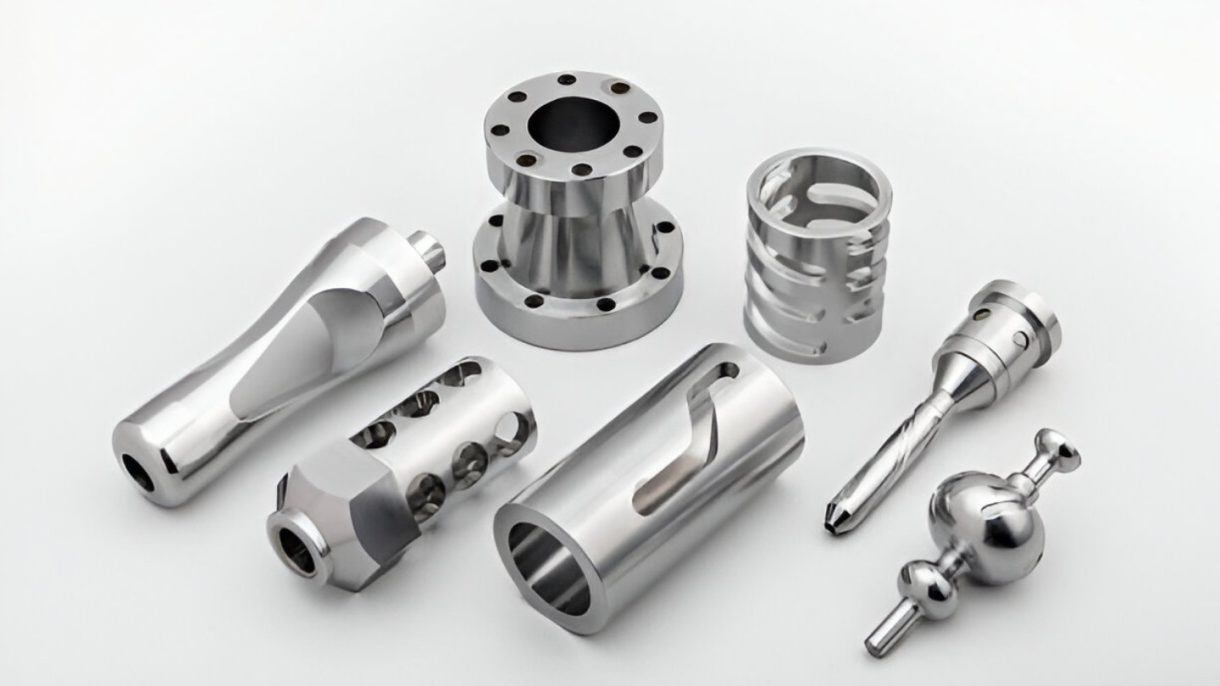
Modern manufacturing relies heavily on stainless steel as a foundational material. Its excellent corrosion resistance, strength, and aesthetic appeal make it a go-to choice for numerous industries, such as aerospace, medical devices, food processing, and consumer goods. Stainless steel also has its challenges and difficulties in CNC machining. Whereas it is possible to machine well, other grades should be planned and tooled carefully because of work-hardening and toughness.
This guide will help engineers, product designers, and procurement professionals in overcoming the complexities of stainless steel used in CNC machining. We will discuss the stainless steel categories, explain the grades, and discuss their performance. Besides this, we will provide recommendations on material selection and discuss their applications.
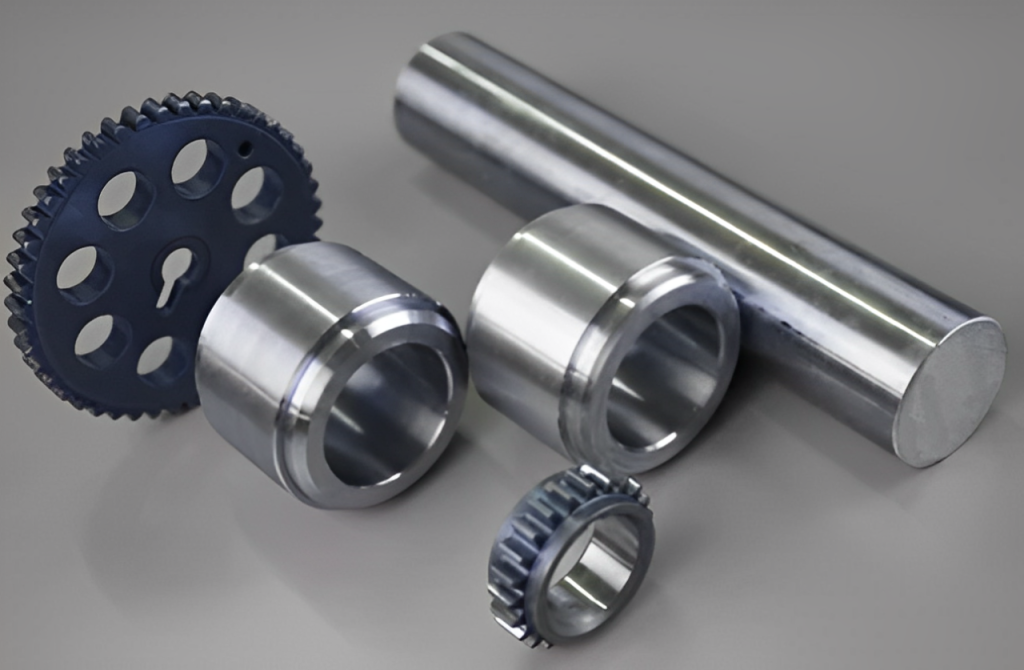
Stainless steel is a chromium-bearing alloy of iron (at least 10.5 percent) that gets a passive chromium oxide layer on its surface, making it resistant to rust and corrosion. Stainless steel may have a variety of properties depending on the alloying elements nickel, molybdenum, and manganese. These properties may include Mechanical, thermal, and corrosion-resistant properties:
Stainless steel is appreciated in CNC machining:
There are four major groups of stainless steels differentiated by crystalline structure and alloy composition: austenitic, martensitic, ferritic, and precipitation-hardening (PH) stainless steels. Each of the types possesses some individual properties that influence its performance, corrosion resistance, hardness, and machinability. Knowledge of these types assists engineers and designers in selecting the suitable material for the given CNC machining processes.
The most common type is austenitic stainless steels, which exhibit good corrosion resistance, high ductility, and is non-magnetic. Popular grades are 304, 316, 303, and 201. Such steels cannot be hardened by heat treatment, but may be hardened by cold work. They machine poorly because they tend to work harden quickly. Therefore, they are best used in food processing, marine, and chemical applications.
The martensitic stainless steels are highly strong, hard, magnetic, and can be heat-treated. Applications such as cutlery, surgical tools, and shafts use grades 410, 416, 420, and 431, which are wear-resistant applications. They are not as resistant to corrosion as the austenitic types, but are often more resistant to machine, particularly when sulfur is included (e.g., 416), and are chosen when mechanical performance is important.
The ferritic stainless steels are magnetic, low-nickel, and have fair resistance to corrosion in mild environments. Grade 430 is the most popular and finds wide usage in automotive trim, appliances, and structural uses. Not being heat treatable, these steels lack the ductility of the austenitic varieties but are low-cost and provide acceptable machinability to less challenging CNC work.
The PH stainless steels (including 15-5 PH and 17-4 PH) are a group of steels that provide both high strength and corrosion resistance using a special heat treatment process. The materials find perfect use in aerospace, medical, and high-stress parts that require good mechanical properties. In the annealed condition, they have good machinability and superb dimensional stability, and are therefore particularly well suited to complex components produced by CNC machining.
Most novices confuse SPCC with stainless steel since it has a smooth and shiny finish. But these two materials' composition, performance, and uses are very different. So here is a side-by-side comparison to help sort the confusion:
| Feature | SPCC (Steel Plate Cold Commercial) | Stainless Steel |
| Material Type | Cold-rolled carbon steel | Iron alloy with chromium (≥10.5%) for corrosion resistance |
| Corrosion Resistance | Poor – rusts easily when exposed to moisture | Excellent – resists rust and corrosion |
| Appearance | Shiny, similar to stainless (can confuse) | Shiny or matte, depending on finish |
| Strength & Hardness | Softer, more ductile | Generally stronger and harder |
| Cost | Low-cost | Higher cost |
| Machinability | Easy to machine | Varies by grade – can be difficult (e.g., 304, 316) |
| Heat Treatment | Limited capability | Many grades can be hardened (e.g., martensitic types) |
| Typical Applications | Interior panels, temporary fixtures, and automotive parts | Medical tools, food equipment, and marine hardware |
| CNC Behavior | Machines easily, with little tool wear | May require special tooling and coolant |
| Usage Environment | Dry, non-corrosive settings | Wet, chemical, or corrosive environments |
The following is a breakdown of the most utilized stainless steel grades in CNC machining, clearly categorized.
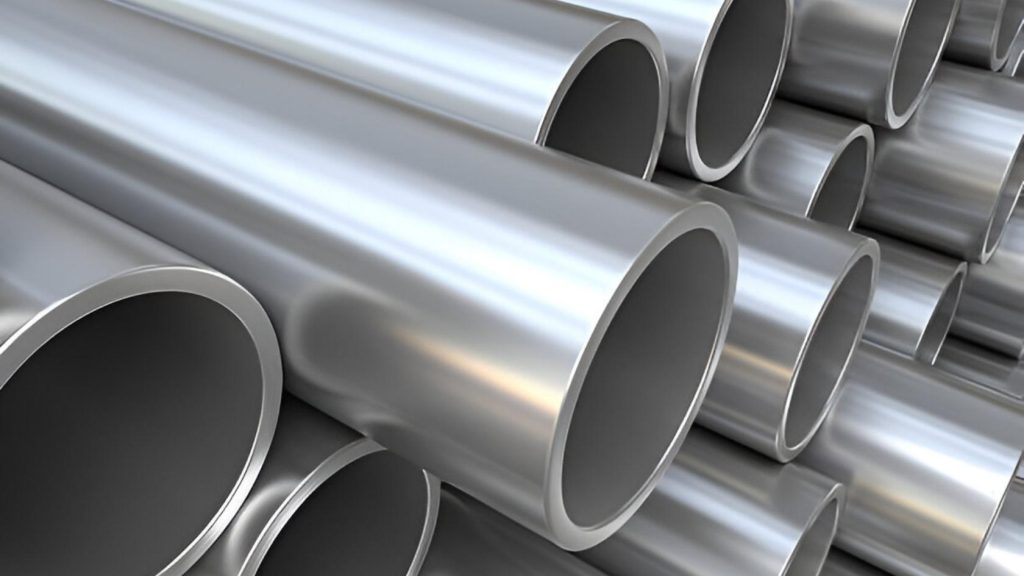
Here are some of the important grades for Austenitic;
Among the most versatile stainless steels, 304 is highly resistant to corrosion and welding, which is why it is applicable in kitchenware, chemical storage tanks, and marine fasteners. Machinability is reasonable, but it works hard and needs sharp tools and coolant to machine efficiently using CNC.
Adding molybdenum gives 316 higher resistance to chlorides than 304, and so 316 is used in marine, pharmaceutical, and surgical environments. It is a little harder to machine, requires lower cutting speeds, and should be cooled, but has better performance in severe environments.
It is a free-machining variant of 304, which is augmented with sulfur to make it easy to cut. It has good machinability and is employed in CNC applications with high volume, such as fasteners and fittings. It is, however, slightly lower in corrosion resistance than 304.
A low-nickel, high-manganese content 201 stainless steel is an economical alternative that provides moderate resistance to corrosion. It is usually used in appliances and trim work. It has a lower machinability than 304 because it work-hardens.
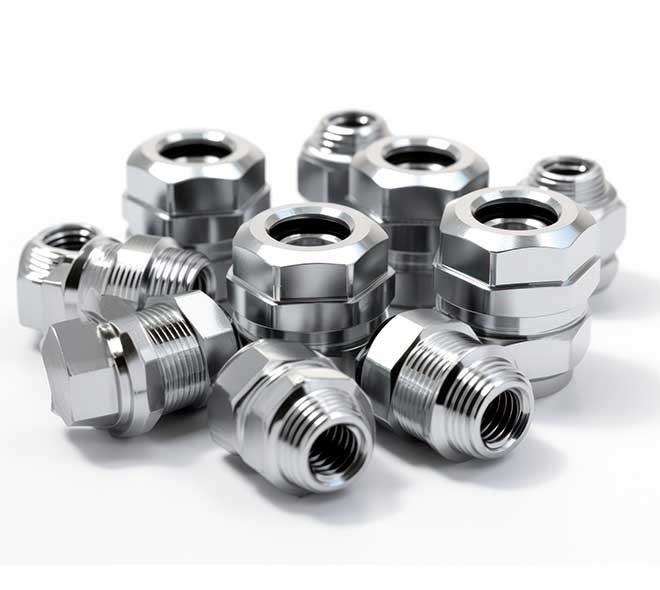
Let’s discuss the martensitic grades in detail.
A plain martensitic grade, 410, has fair corrosion resistance, good strength, and hardness. It is applicable in cutlery, pump parts, a nd valves. The annealed condition is OK in CNC machinability,ity, and it becomes better after heat treatment.
Altered to 410 with the addition of sulfur, 416 is regarded as the most machinable stainless steel. Because of its good chip control and tool life, it is also heavily used on machine parts, bolts and screws in high volume production.
Having more carbon, 420 is an excellent source of hardness and wear resistance, commonly used in surgical tools and dies. Its machinability is, however, moderate to poor unless annealed, and it needs proper tooling strategies.
It is a balanced grade in strength, corrosion resistance, and toughness, and is used in aerospace and marine shafts. Machines quite readily with correct tools, but not so readily as 416 or 303.
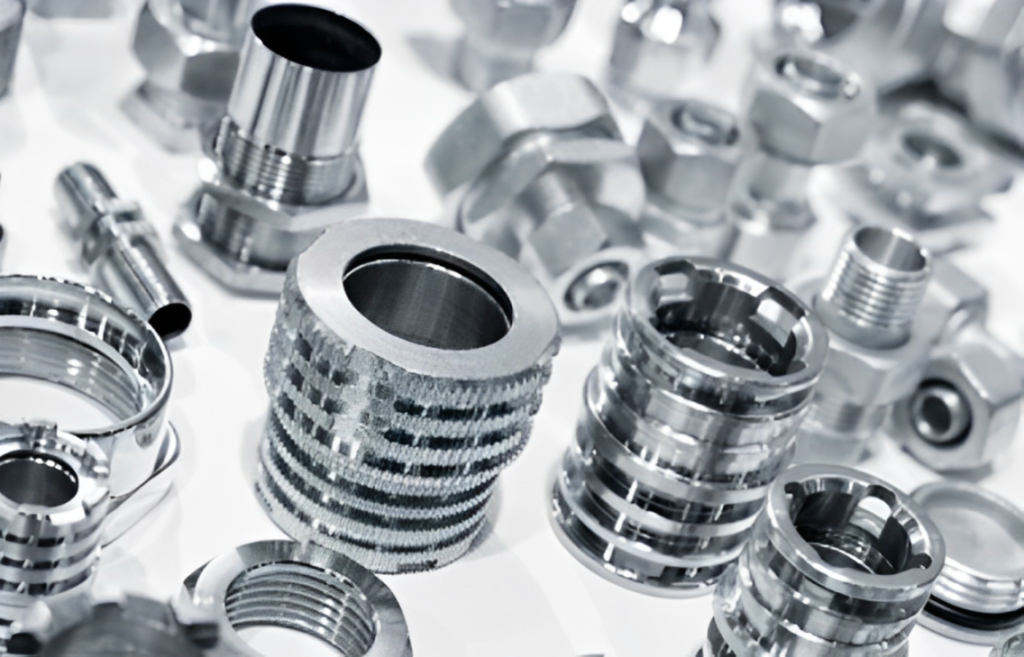
So, the following are some ferritic grades;
430 is a cost-effective, magnetic stainless steel with acceptable corrosion resistance commonly used in appliances and automotive trim. It machines fairly well but does not have the free-machining characteristics of sulfur-enhanced grades such as 416.
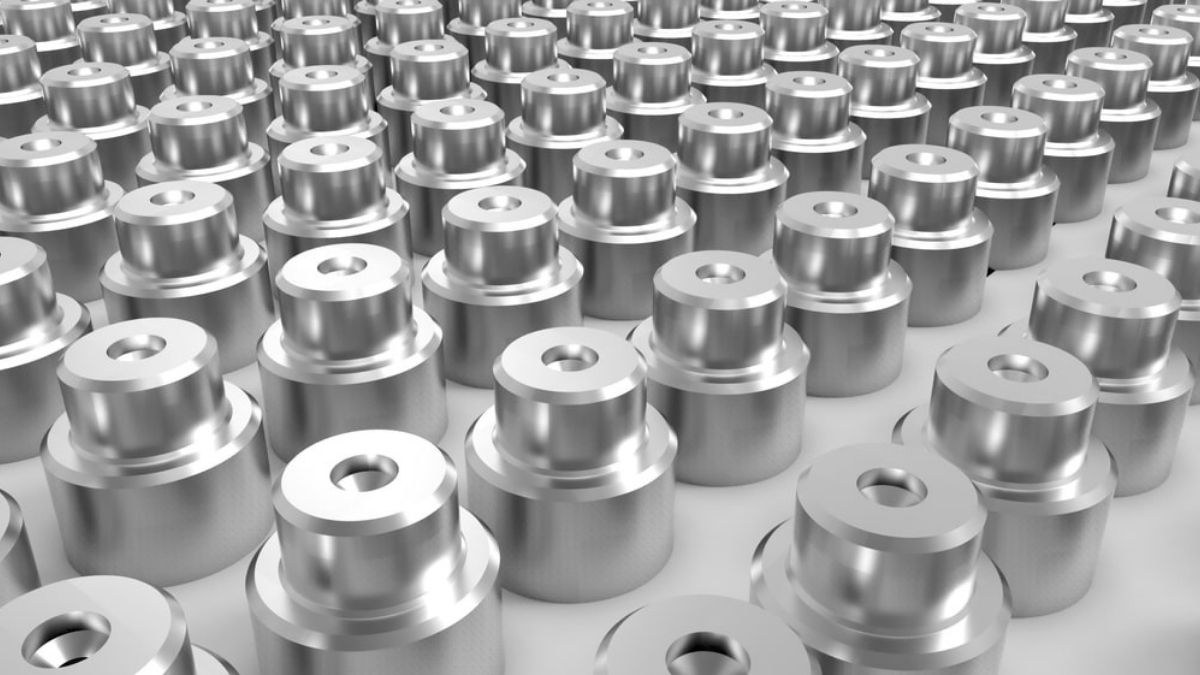
Let’s discuss the precipitation hardening grades.
These PH grades are high strength with good corrosion resistance, often utilized in aerospace and medical parts. They may be heat-treated to a tensile strength exceeding 1100 MPa and have reasonable machinability in the annealed condition, which is enhanced by hardening.
The following table will explain to you when you should choose the right grade for your stainless steel CNC machining needs.
| Requirment | Best Grades |
| Best corrosion resistance | 316, 316L, 17-4 PH |
| Best machinability | 303, 416 |
| High hardness | 420, 431, 17-4 PH |
| Budget-conscious | 201, 430 |
| High strength | 15-5 PH, 17-4 PH |
| Medical applications | 316L, 420 |
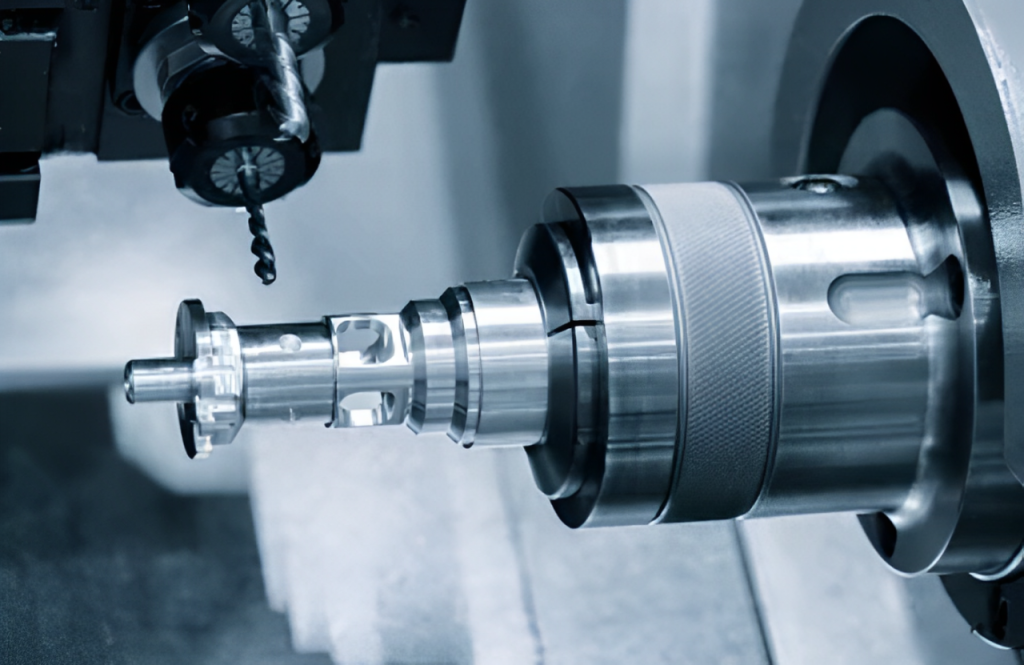
Stainless steel is a tough but flexible material to work with, and whose performance vastly depends on the grade.
Such Austenitic grades as 304 and 316 have a tendency to overcome hardness quickly during machining, thus accelerating tool wear, and may produce rough finishes.
Stainless steel is not easily deformed; therefore, it necessitates greater cutting forces and produces more heat, which may lead to the tool failure or the warping of the part unless adequate cooling is provided.
During the cutting process, chips can wear down the tool edge, disturbing the cut accuracy and deteriorating the surface finish.
Neither are all stainless steels created equal in terms of difficulty to machine- 303 and 416 have been modified with added sulfur to be CNC friendly, and thus are good choices in high volume precision parts.
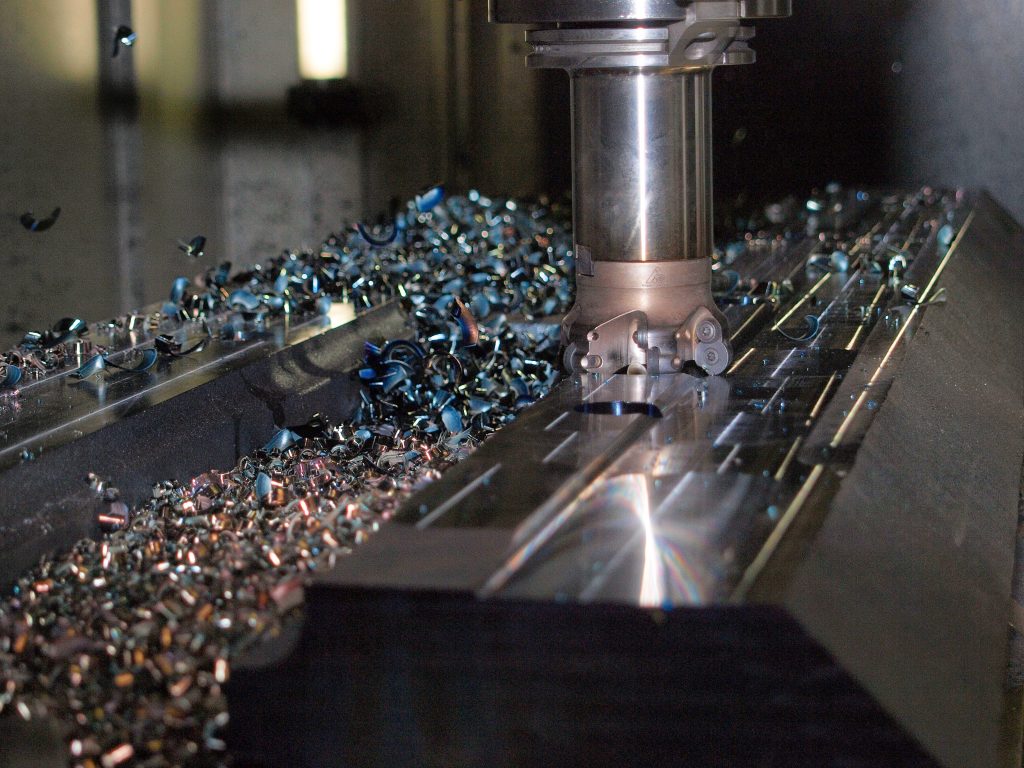
A lot of CNC efficiency and tool life when working with stainless steel can be increased radically with proper technique and material choice.
These tools are good in high temperatures, and they are wear-resistant compared to high-speed steel, particularly in harsh conditions.
Rapid feeds prevent excessive work hardening of the material, leaving it in a more machinable condition.
To minimize thermal stress and to carry away chips as well as to avoid built-up edges in longer or deeper cuts, coolant is essential.
Where the application is not so critical or the production volume is high, such as 303 and 416, there can be substantive machining benefits in terms of both speed and cost.
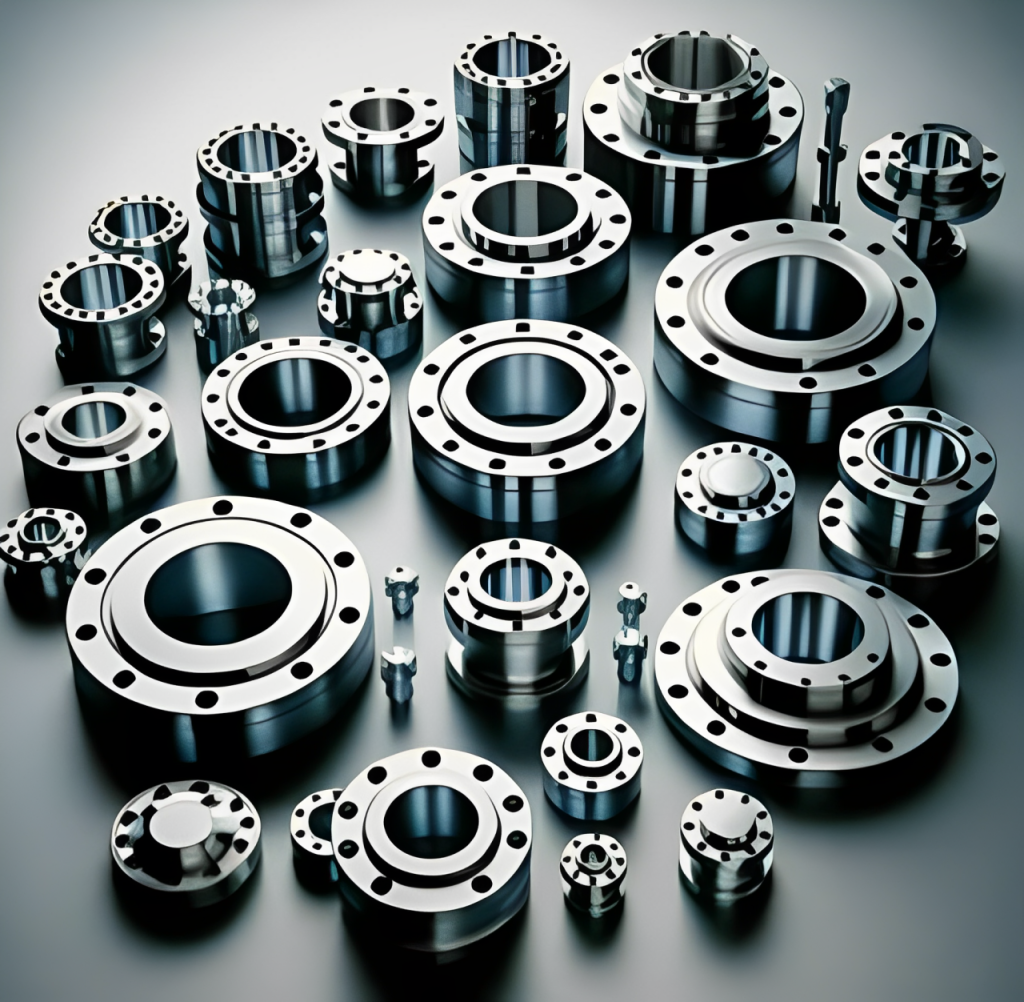
Here are some properties of stainless steel;
Stainless steels are especially known to have good impact and ductility resistance. They are also reliable and can be used in cryogenic temperatures, and thus are often chosen where extreme temperatures or mechanical shock are a factor. This gives stainless steel the aptitude to be formed and bent and enables other intricate fabrication procedures.
Although stainless steel is normally harder to machine than carbon steel because of its toughness and work-hardening tendency, certain grades are specifically aimed at being easier to machine. By way of example, 303 and 416 have added sulfur to enhance chip breaking as well as tool wear, and they are perfect in high-volume CNC applications. Milling Stainless steel may need sharp tools, lower speeds, and frequent coolant.
Stainless steels are structurally stable at higher temperatures and can be used in exhaust, ovens, and heat exchangers. Such grades as 310 and 446 are especially adapted to high temperature service because of their resistance to oxidation and their creep strength.
The magnetism of stainless steel is type-dependent. Austenitic grades (e.g., 304, 316) are non-magnetic when annealed, and so can be used where low magnetic permeability is important. Conversely, ferritic (430) and martensitic (410, 420) grades are magnetic, useful, or detrimental depending on their use.
Stainless steel is unreactive with most chemicals or food products, biologically inert, and can be sterilized easily. This would make it a perfect material in medical instruments, pharmaceutical equipment, and food processing machinery where sanitation and resistance to contamination are paramount.
Among the most distinguishable properties of stainless steel is the remarkable corrosion resistance. This is mostly because it contains chromium (usually 10.5% or more), which creates a passive oxide film on the surface that prevents the rust and oxidation of the metal. Grades such as 316 and 316L that contain molybdenum have better resistance in severe service conditions, such as in marine and chemical exposure.
Stainless steel has a large spectrum of mechanical strength, which varies with the grade. High strength and hardness can be obtained in martensitic grades such as 420, 431, and 17-4 PH, as well as precipitation-hardening (PH) grades, through heat treatment. They apply to load-bearing parts and tools that require wear resistance. In the meantime, austenitic grades, including 304 and 316, cannot be heat-treated, yet they possess high toughness and tensile strength.
Here are some of the common differences between machinability vs strength, vs corrosion resistance;
| Grade | Machinability | Strength | Corrosion Resistance |
| 303 | Excellent | Moderate | Moderate |
| 304 | Fair | Moderate | Excellent |
| 316 | Fair | Moderate | Excellent+ |
| 17-4 PH | Moderate | High | Excellent |
| 416 | Excellent | High | Moderate |
| 430 | Good | Moderate | Fair |
Here are some applications by grades and industry;
| Industry | Common Grades | Typical Components |
| Aerospace | 17-4 PH, 15-5 PH, 431 | Fasteners, actuators, and landing gear |
| Medical | 316L, 420 | Surgical instruments, implants |
| Food & Beverage | 304, 316 | Tanks, piping, and conveyors |
| Automotive | 430, 410 | Exhausts, trims, and fuel rails |
| Industrial | 303, 416 | Valve bodies, manifolds, shafts |
| Consumer Goods | 201, 304 | Appliances, hardware |
Stainless steel is among the most diverse materials used in CNC machining, which includes a wide range of mechanical, corrosion, and strength qualities. Nevertheless, its machining characteristics vary greatly depending on the grade used. After learning the distinctions in machinability, being aware of the issues of work hardening and heat production, and selecting the appropriate tools and cutting conditions, engineers are likely to achieve the maximum performance at the lowest cost. When manufacturing fasteners, structural components, or medical equipment, the right choice of stainless steel grade is a guarantee of obtaining stable, high-quality production.
If you’re planning a stainless steel CNC project, Apex Rapid is here to help. We offer expert support and precision machining to ensure you get the right material and perfect results—every time.
Q1: What is the best stainless steel for CNC machining?
A: 303 and 416 are the easiest to machine. 17-4 PH is most suitable in high-strength applications.
Q2: Is 316 superior to 304?
A: Yes, particularly in a marine environment or a chemical environment because of the added molybdenum.
Q3: Is it possible to heat treat stainless steel?
A: Heat treatment can only be used to harden certain grades, such as martensitic and PH stainless.
Q4: Is type 304 stainless steel magnetic?
A: No, usually it is non-magnetic, but it may become slightly magnetic when cold worked.
Q5: Which grade is rust-proof?
A: 316 and 316L have good rust resistance, particularly in salty environments or in acidic conditions.
